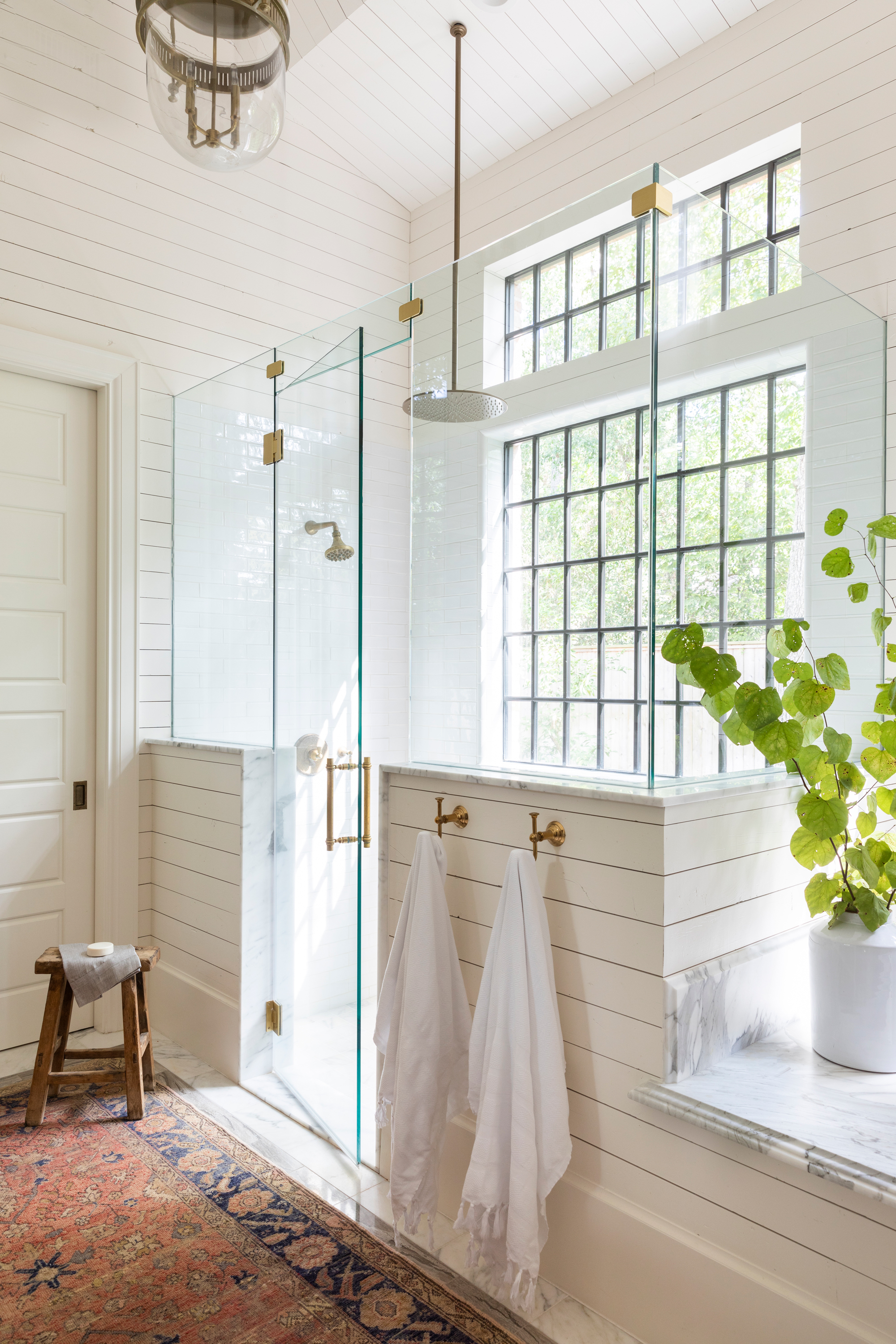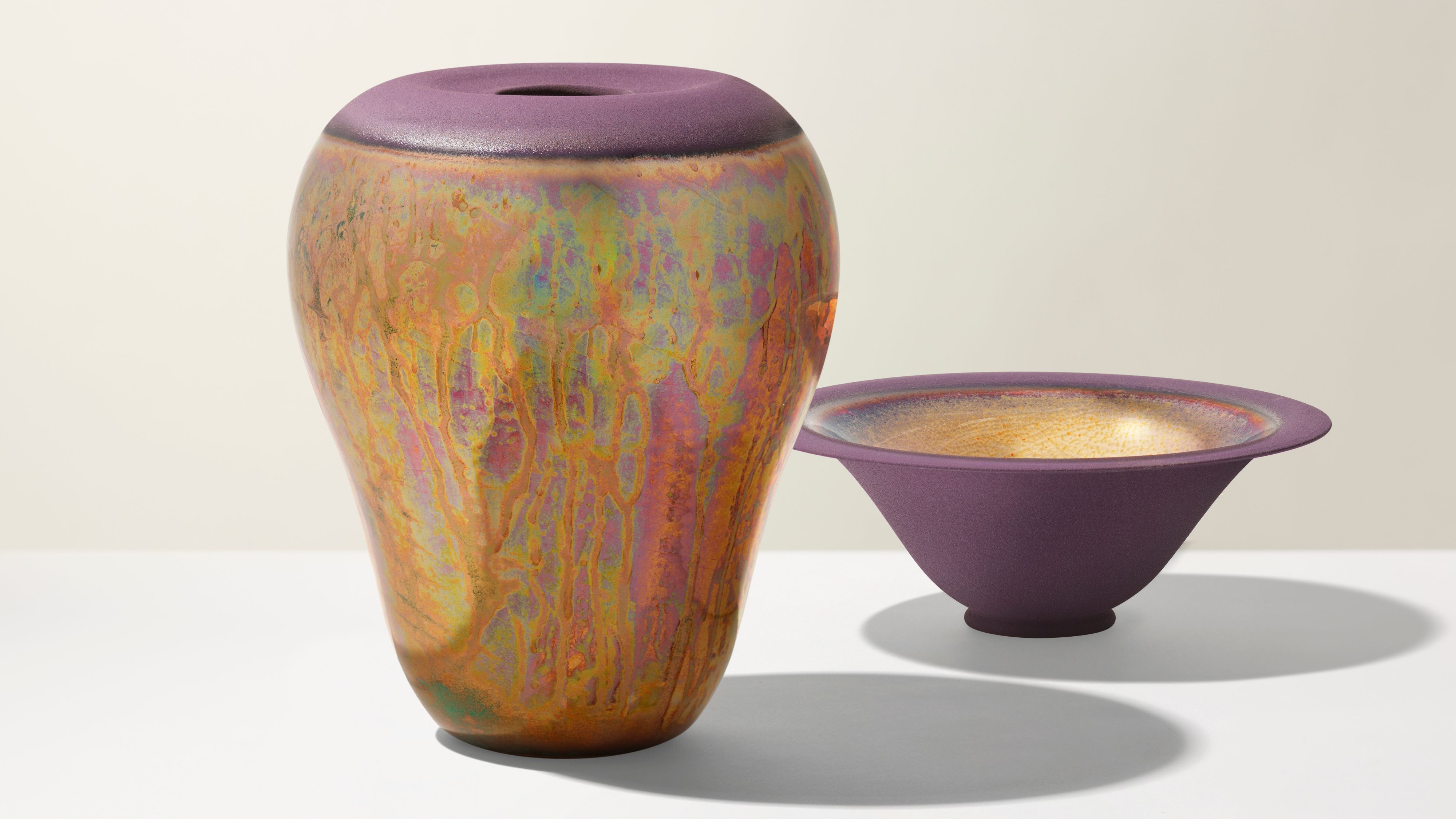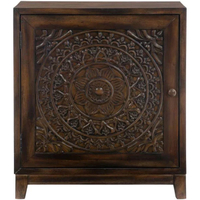What is a pony wall? This is how interior designers are still embracing this small space problem solver
Some homes already have pony walls you'll want to take out, while some could benefit from including them in their design. Here's the expert lowdown on this architectural idea


Pony wall is a term you might not have come across before when it comes to your home, and out of context, it can sound a little obscure. However, given that they're sometimes called half walls, too, you can start to get a picture of exactly what a pony wall is. It's something you may have inherited as part of your home already.
But what is the point of a pony wall? And how does it help (or hinder) your interior design scheme? We asked the experts for their advice on whether a pony wall is worth keeping as a room divider, or worth installing in some cases, and how they can best be used.

Hugh is the deputy editor of Livingetc.com, and an experienced homes and property journalist who specializes in design and architectural ideas. Here, he defines what a pony wall is, and picks some of his favorite ways they're embraced in modern and interesting ways.
So, what is a pony wall?

'Simply put, pony walls are just short walls often used to create a divide within a space,' explains interior designer Marie Flanigan. In height, pony walls tend to be under half the height of the space – just imagine a pony sticking its head over in a stable.
But what purpose do they serve? Pony walls tend to be used as room dividers, creating divisions while retaining the charm of an open-concept space. 'Pony walls are nice as a soft architectural separation while keeping the visual feel open and airy,' interior designer Kristen Pena at K Interiors tells us.
As well as separating spaces, pony walls have also been used to create anchors in spaces that require a radiator, allowing pipework to be boxed in, while also keeping sightlines throughout.
Grace dark brown accent storage cabinet, Home Depot
This embossed storage cabinet adds a charming detail to this entryway. Get the look with this dark brown wooden cabinet, available from Home Depot.
Are pony walls on trend?

In reality, pony walls aren't an architectural feature that is on the up. 'I love designing seamless sightlines and pony walls can often impede the view into a space,' says interior designer Marie. 'Today, pony walls aren’t typically prevalent in new builds, but you’ll often find them in older homes, especially ranch-style homes.'
In general, new pony walls are more likely to be found in small spaces, engineered in by architects and designers to solve the problems of any particularly compact room, whether allowing for a more unusual layout, adding flexibility to a space as an interior window between rooms, or serving a practical function, such as housing utilities or providing privacy.
You may also see pony walls as an aesthetic element, particularly flanking doorways between rooms. These ornate elements add some extra detail to your space, and can help create more of a dramatic reveal between rooms when used. 'However, if the function is purely aesthetic and dated it should be removed,' Marie advises.
When can a pony wall prove useful?
There are still plenty of times a pony wall could prove useful to a design. Here are a handful of our favorite uses of half walls.
1. For privacy in a bathroom

One exception to the pony wall is if it creates a sense of privacy in a bathroom, suggests Marie. 'I’ve used it as the exterior of the shower surround and thought it created beautiful symmetry between the paneled bathroom walls and shower,' she tells us. 'Further, it added privacy to the shower stall, which can be important to homeowners. If you have a small bathroom and a water closet isn’t feasible, a pony wall helps to delineate the toilet from the vanity area, while providing privacy,' she adds.
If that doesn't convince you, then maybe the benefits this choice can have for your budget might. 'When you incorporate a pony wall as your shower surround, it can be a cost-saving measure, as it decreases the amount of glass needed to close in the shower,' Marie explains.
2. In a living room with no entryway

As a room divider, a pony wall works best to replace what would have once been a full wall. In some cases, you may want to replace a wall with a pony wall to open up your space, but in some instances, a pony wall can be added to help add a divide where there isn't one, like in this living room with no entryway, designed by K Interiors. 'The pony wall was used in this entry to create separation between the living room and the entry, but to also allow for the feeling of an open floor plan,' Kristin explains.
3. As a headboard

If there's one way the pony wall has been embraced by a new generation of architects and designers, it's used as a headboard idea. It allows for a less traditional bedroom layout, where a bed can be 'floated' away from the walls, creating a path around the entire bed.
It's something architecture studio Searl Lamaster Howe created in this bedroom design, to allow access to a bank of custom millwork that acts as the home's closet. 'The room wraps around the bed and its headboard which conceals additional storage,' explains architect Greg Howe.
Be The First To Know
The Livingetc newsletters are your inside source for what’s shaping interiors now - and what’s next. Discover trend forecasts, smart style ideas, and curated shopping inspiration that brings design to life. Subscribe today and stay ahead of the curve.

Hugh is Livingetc.com’s editor. With 8 years in the interiors industry under his belt, he has the nose for what people want to know about re-decorating their homes. He prides himself as an expert trend forecaster, visiting design fairs, showrooms and keeping an eye out for emerging designers to hone his eye. He joined Livingetc back in 2022 as a content editor, as a long-time reader of the print magazine, before becoming its online editor. Hugh has previously spent time as an editor for a kitchen and bathroom magazine, and has written for “hands-on” home brands such as Homebuilding & Renovating and Grand Designs magazine, so his knowledge of what it takes to create a home goes beyond the surface, too. Though not a trained interior designer, Hugh has cut his design teeth by managing several major interior design projects to date, each for private clients. He's also a keen DIYer — he's done everything from laying his own patio and building an integrated cooker hood from scratch, to undertaking plenty of creative IKEA hacks to help achieve the luxurious look he loves in design, when his budget doesn't always stretch that far.
-
 My 10 Favorite Designs at Milan Design Week 2025 — Out of the Hundreds of Pieces I Saw
My 10 Favorite Designs at Milan Design Week 2025 — Out of the Hundreds of Pieces I SawThere is a new elegance, color, and shape being shown in Milan this week, and these are the pieces that caught my eye
By Pip Rich
-
 Iridescence Is Chrome’s More Playful, Hard-to-Define Cousin — And You're About to See It Everywhere
Iridescence Is Chrome’s More Playful, Hard-to-Define Cousin — And You're About to See It EverywhereThis kinetic finish signals a broader shift toward surfaces that move, shimmer, and surprise. Here's where to find it now
By Julia Demer
